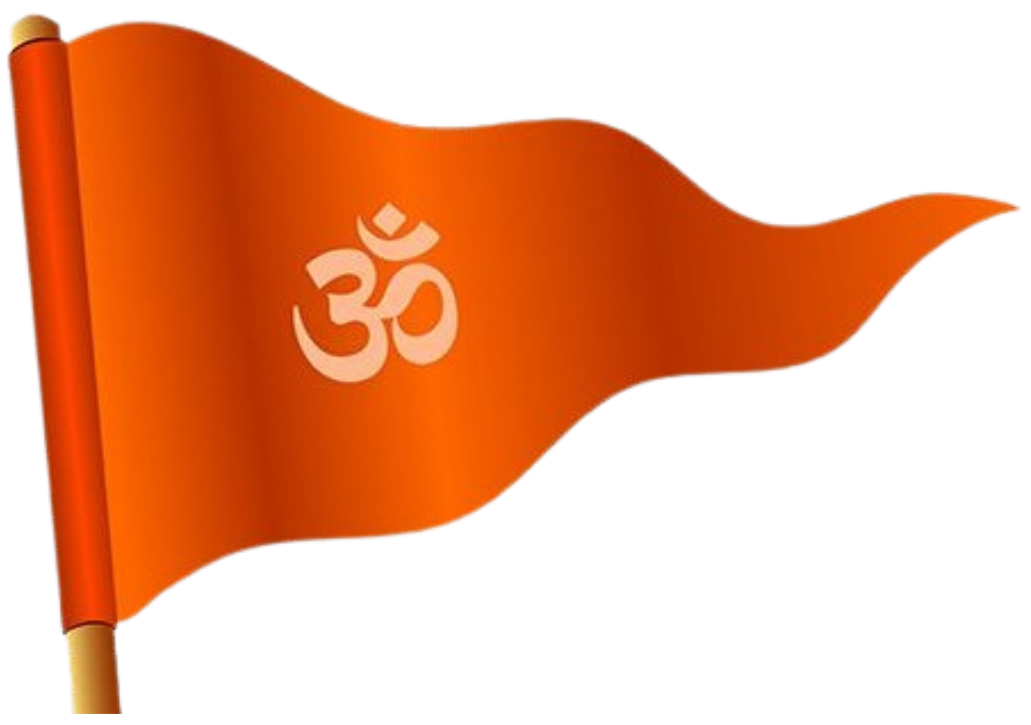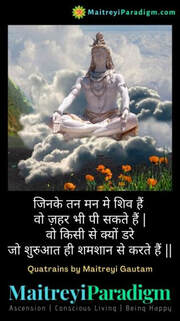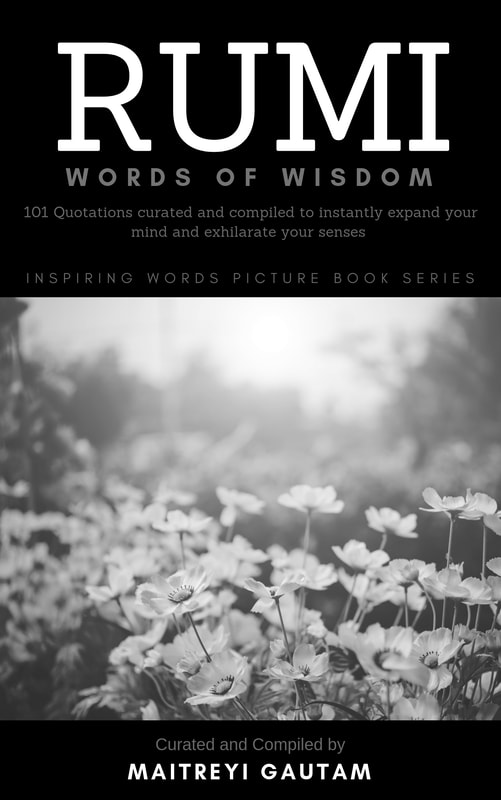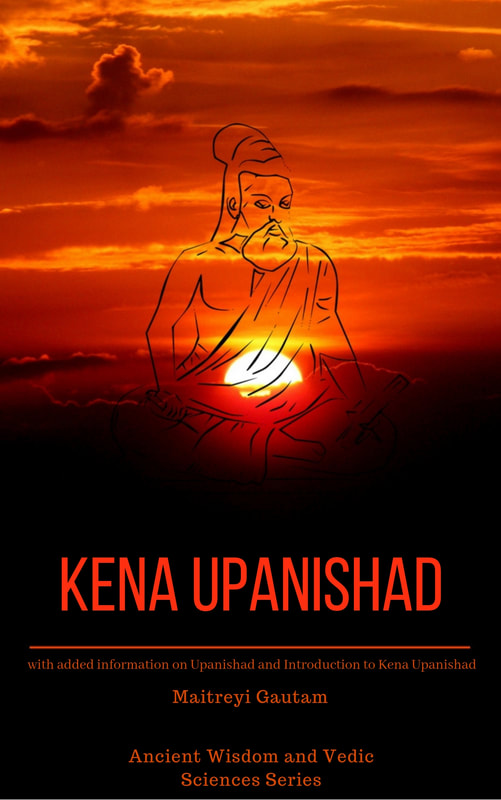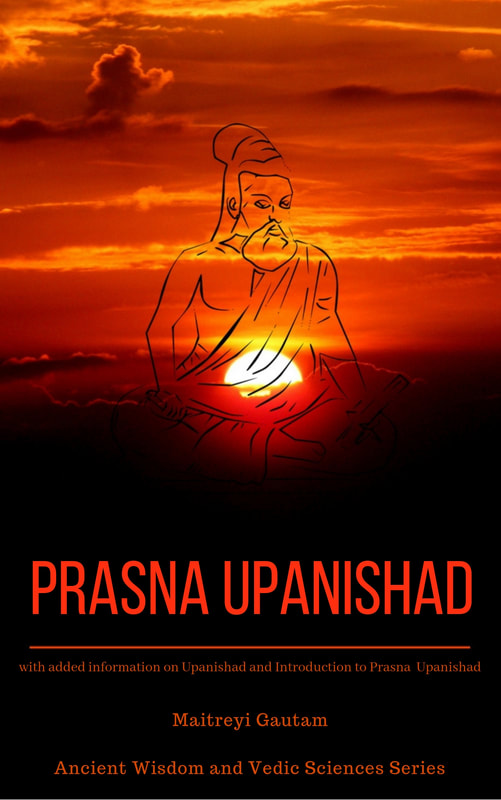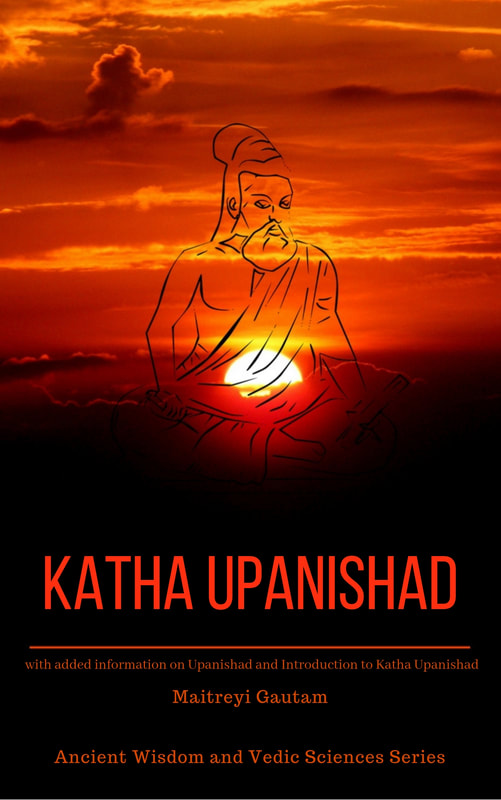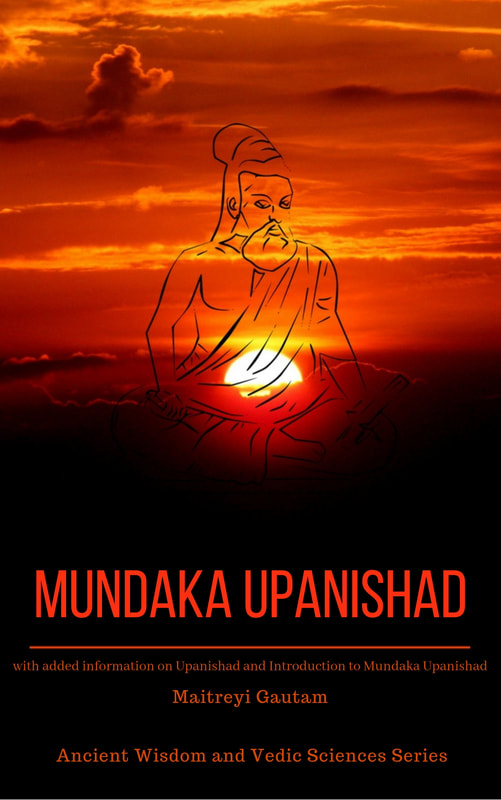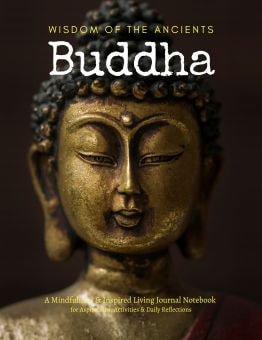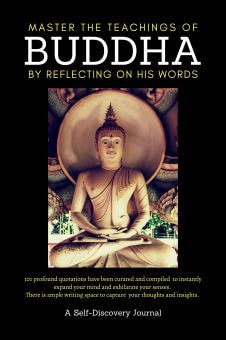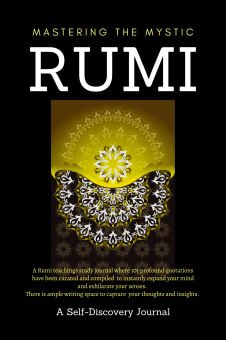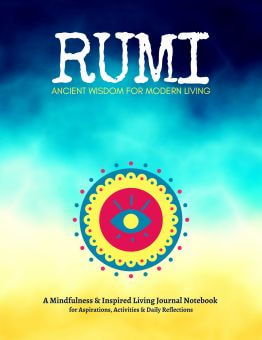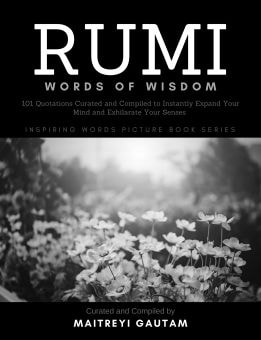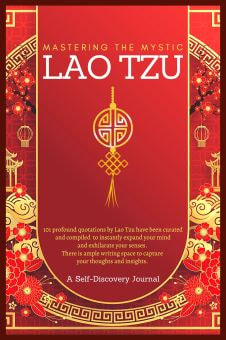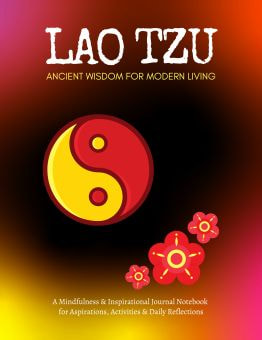Goddess Durga- An Embodiment of Strength and Beauty
In the rich tapestry of the Hindu Vedic Deities, Goddess Durga stands out as a symbol of power, righteousness, and beauty. To understand the significance and essence of Durga, we must delve into her origins, symbolism, and the stories that surround her.
Origins
Durga, often referred to as Devi or Shakti, is the fierce and invincible form of the mother goddess. She is the warrior form of Parvati, the consort of Lord Shiva. In her various manifestations, she embodies the collective energy of all gods and goddesses.
Symbolism
Stories Surrounding Durga
One of the most celebrated stories about Durga is the legend of Mahishasura. This buffalo demon, having received a boon that no man or god could defeat him, became invincible and wreaked havoc in the heavens. The gods were helpless against his might. In their desperation, they pooled their divine energies together, resulting in the creation of Durga.
With her ten arms, each bearing a weapon given by the gods, Durga fought Mahishasura for nine nights. On the tenth day, she triumphed over him, restoring peace and balance to the cosmos. This victory is celebrated as Durga Puja or Navaratri, a major festival in India.
Durga as a Cultural Icon
Goddess Durga not only holds religious significance but also cultural and social relevance. She is an emblem of female empowerment, a reminder of the innate strength within every woman. Her image defies conventional dichotomies, merging beauty with power, tenderness with fury, and femininity with valor.
Many feminists and social activists in India view Durga as a symbol of women's strength, resilience, and empowerment. She stands as an inspiration for those who combat societal evils and injustices.
Conclusion
Goddess Durga's narrative serves as a powerful reminder of the potential of righteousness, unity, and inner strength. Her stories are not just about the triumph of good over evil but also about the inherent strength and grace of femininity.
She is not only a deity to be revered but also an inspiration, urging believers to channel their inner might, stand against injustices, and always stay rooted in their values.
In the rich tapestry of the Hindu Vedic Deities, Goddess Durga stands out as a symbol of power, righteousness, and beauty. To understand the significance and essence of Durga, we must delve into her origins, symbolism, and the stories that surround her.
Origins
Durga, often referred to as Devi or Shakti, is the fierce and invincible form of the mother goddess. She is the warrior form of Parvati, the consort of Lord Shiva. In her various manifestations, she embodies the collective energy of all gods and goddesses.
Symbolism
- Ten Arms: Durga is often depicted with ten arms, each holding a different weapon. These arms signify her readiness to battle evil from any direction. Each weapon she holds symbolizes a unique power.
- The Lion: She is often seen riding a lion or a tiger. This symbolizes her mastery over her power, as well as the courage and strength required to combat evil.
- Third Eye: Like Lord Shiva, Durga also possesses a third eye on her forehead, which is a symbol of wisdom, foresight, and inner vision. It's said when she opens her third eye, it releases potent energy capable of destroying any evil.
- Halo: A glowing halo often surrounds her head, indicating her divinity and radiant energy.
- Lotus: Some depictions show her holding a lotus, which stands for purity and detachment.
Stories Surrounding Durga
One of the most celebrated stories about Durga is the legend of Mahishasura. This buffalo demon, having received a boon that no man or god could defeat him, became invincible and wreaked havoc in the heavens. The gods were helpless against his might. In their desperation, they pooled their divine energies together, resulting in the creation of Durga.
With her ten arms, each bearing a weapon given by the gods, Durga fought Mahishasura for nine nights. On the tenth day, she triumphed over him, restoring peace and balance to the cosmos. This victory is celebrated as Durga Puja or Navaratri, a major festival in India.
Durga as a Cultural Icon
Goddess Durga not only holds religious significance but also cultural and social relevance. She is an emblem of female empowerment, a reminder of the innate strength within every woman. Her image defies conventional dichotomies, merging beauty with power, tenderness with fury, and femininity with valor.
Many feminists and social activists in India view Durga as a symbol of women's strength, resilience, and empowerment. She stands as an inspiration for those who combat societal evils and injustices.
Conclusion
Goddess Durga's narrative serves as a powerful reminder of the potential of righteousness, unity, and inner strength. Her stories are not just about the triumph of good over evil but also about the inherent strength and grace of femininity.
She is not only a deity to be revered but also an inspiration, urging believers to channel their inner might, stand against injustices, and always stay rooted in their values.

